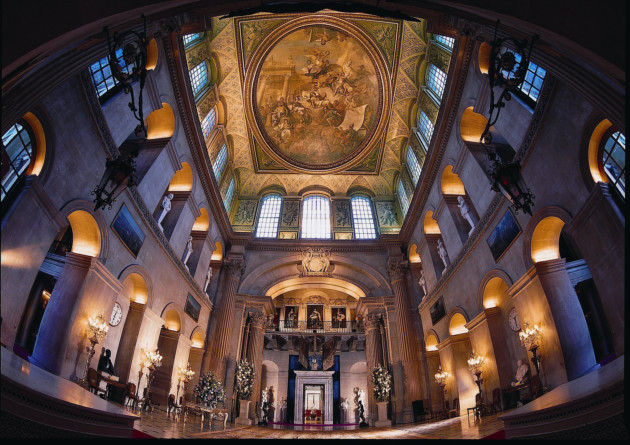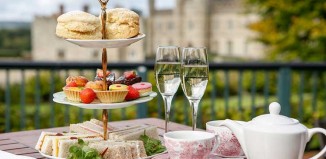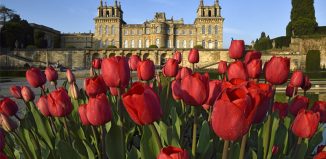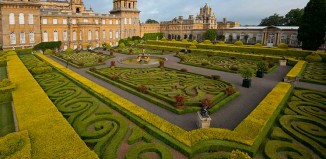The imaginative genius of Sir John Vanbrugh, architect of Blenheim Palace and Castle Howard
Learn more about the life and work of Sir John Vanbrugh, who, without any training, went on to outshine the most respected architects of his time.
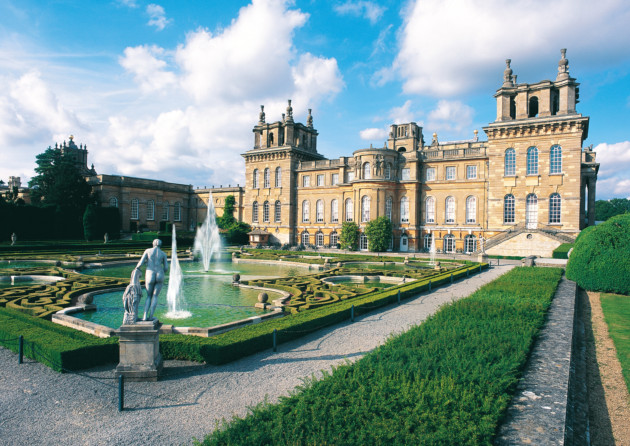
Blenheim Palace
Bold, daring and dramatic, Vanbrugh was as adventurous in life as he was in his architecture. Such were his skill and lively mind that he became in turn a merchant, soldier, playwright and architect during his 62-year life. Blessed with a penchant for business, a powerful way with words, a keen eye for beauty and drama, and clearly a good dose of courage and intellect, Vanbrugh fashioned an incredibly varied and exciting life for himself.
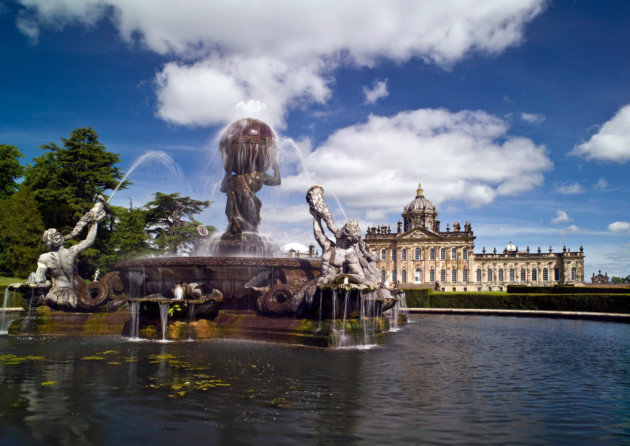
Castle Howard
John Vanbrugh (1664–1726) was a staunch Protestant and played a part in the scheme to overthrow the Catholic king, James II. From 1686, he worked undercover and helped bring about the invasion of William of Orange, who eventually ousted James II and became the new King. On his way back from bringing messages to William in the Hague, Vanbrugh was arrested in France on suspicion of espionage in September 1688 and imprisoned for four years. The conditions of his release stated that he should spend three months in Paris, and so – free to move around but unable to leave the country – he had ample time to see the city’s architecture. Four years behind bars would also have offered plenty of opportunity for reading and study.
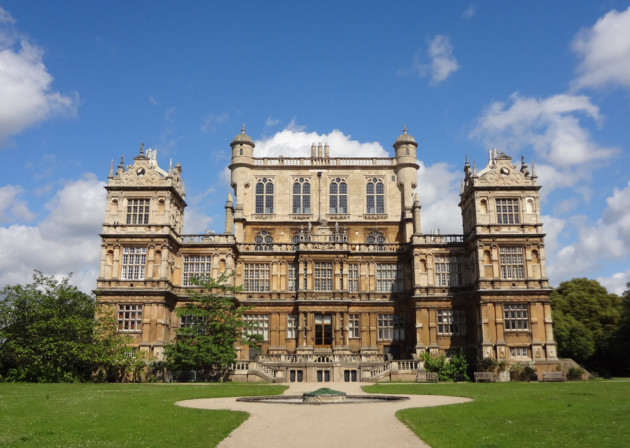
Wollaton Hall. © Les Churchman
On his return to England in 1693, Vanbrugh joined the navy, but again this was short-lived. Within two years he had swapped army life for the theatre and was making a name for himself as a thought-provoking playwright and producer. The Relapse (1696) and The Provok’ed Wife (1697) – both witty and risqué comedies – quickly became stage favourites in the West End.
With success already at his door, no one really knows why the 35-year-old Vanbrugh decided to launch into yet another career, this time as a novice architect. But in 1699 he took on one of the grandest architectural commissions of the time – the design of a palatial house in Yorkshire for the 3rd Earl of Carlisle. Given that he had no experience or training, how did Vanbrugh achieve this feat? No doubt his membership of the Kit-Cat Club helped greatly. This political and cultural gathering of prominent Whigs included the Earl of Carlisle (as well as the Duke of Marlborough, who later commissioned Vanbrugh to design Blenheim Palace). By 1702, Vanbrugh was such a respected architect that he was made Comptroller of the Queen’s Works. And no doubt thanks greatly to his achievements as an architect, he was knighted by King George I in 1714.
How did the untrained Vanbrugh become the most prominent architect of his time? His charm, intellect and connections of course helped. But this inspired amateur was also gifted with extraordinary powers of the imagination and an ability to visualise in three dimensions. His earlier work as a playwright and producer of plays must certainly have honed his eye for the theatrical. In his first two major projects – Castle Howard and Blenheim Palace – he was lucky to be assisted by the highly experienced architect Nicholas Hawksmoor, who had learnt his trade in the office of Sir Christopher Wren. While Vanbrugh was free to let his imagination run riot, Hawksmoor was the firm hand whose attention to detail was the perfect complement to Vanbrugh’s flamboyant creativity.
How did the untrained Vanbrugh become the most prominent architect of his time? His charm, intellect and connections of course helped. But this inspired amateur was also gifted with extraordinary powers of the imagination and an ability to visualise in three dimensions.
Perhaps thanks to his lack of training, Vanbrugh was able to approach designs with flexibility and combine elements which other architects never dared to mix, creating powerful juxtapositions. Classical features were enlivened with a Baroque approach to design, and sometimes supplemented with elements of castle architecture such as battlements and towers. Vanbrugh was keen to inject his buildings with, what he called, ‘something of the castle air’.
His time in France had acquainted him with the palatial Baroque style of the Palace of Versailles. His reading ensured a good knowledge of Italian classical architecture. And his travels in England included a tour, in the summer of 1699, of some the country’s great Elizabethan houses, such as Burghley House, Wollaton Hall, Hardwick Hall and Bolsover Castle. Their imposing towers and busy rooflines proved a strong influence.
Vanbrugh’s three biggest and boldest architectural achievements, Castle Howard, Blenheim Palace and Seaton Delaval, can all be visited. And hugely memorable they are too.
Castle Howard’s immediate success quickly led to Vanbrugh’s most famous commission, Blenheim Palace in Oxfordshire. While Castle Howard was palatial, Blenheim was truly titanic. Built to celebrate the victory of the Duke of Marlborough against the French at the Battle of Blenheim, this was a building conceived, as Vanbrugh put it, ‘more as a Monument to the Queen’s glory than a private Habitation for the Duke’.
While Castle Howard and Blenheim Palace were built with the assistance of Hawksmoor, Seaton Delaval (1721-28) in Northumberland wasn’t. And though smaller than the other two, it is now seen as Vanbrugh’s most powerful and original design. It has been described as the Baroque version of a Norman keep. Fusing classical and castellar features, it is an unusual yet highly successful hybrid. Built for Admiral George Delaval, a successful naval officer, the building speaks of strength and confidence. Its solid mass, rustic stonework, confident use of light and shade, and restrained ornamentation create an imposing presence. Sadly Seaton Delaval was devastated by fire in 1822, but the National Trust has restored the fabric of the house, which is now open to visitors.
Vanbrugh designed and remodelled many other less well-known though equally interesting country houses, including King Weston in Gloucestershire, Grimsthorpe Castle in Lincolnshire and Kimbolton Castle in Cambridgeshire. Here his leaning for castle architecture is even more pronounced, hence the reason why they are sometimes called ‘enchanted castles’. Enchanted Vanbrugh’s life certainly was too – for he turned his dreams into a magnificent and long-lasting reality. And for that we should be grateful.
WORDS: Claire Masset
RELATED ARTICLES FROM ACROSS OUR SITE:

